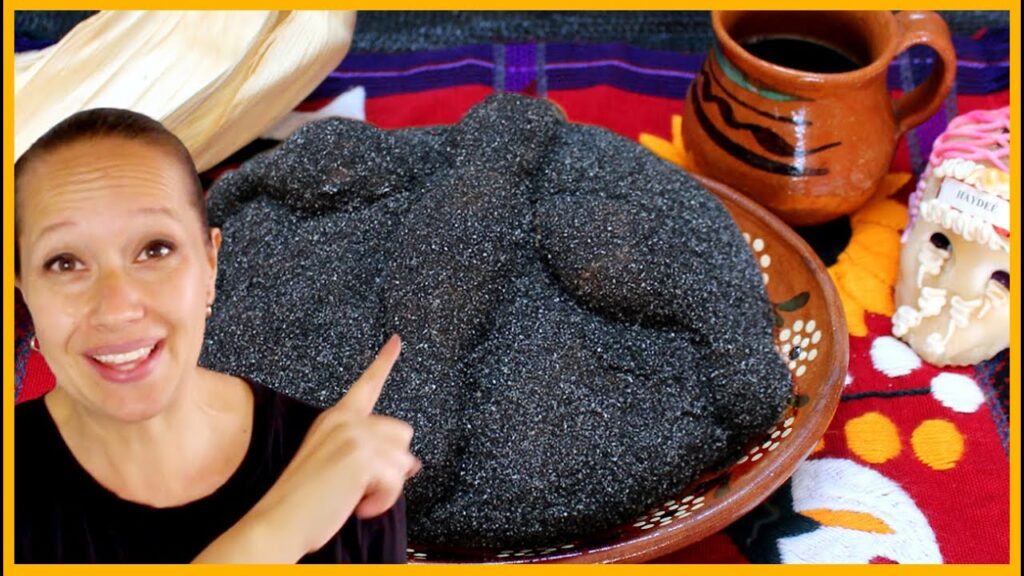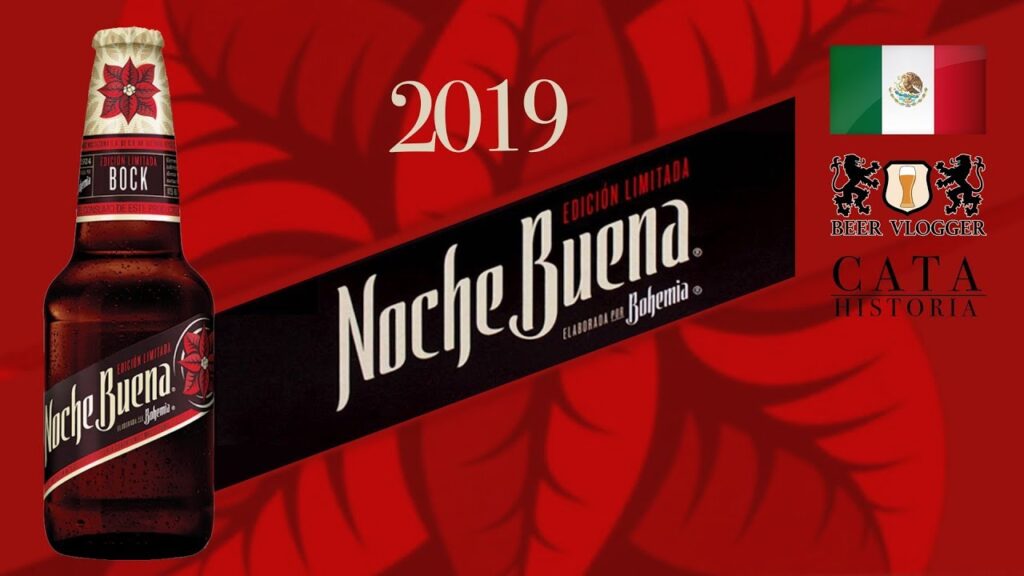Discover the Unique Tradition of Pan de Muerto Negro
Mexico is a land renowned for its colorful traditions and delicious cuisine. One of the unique elements that blend both of these aspects is the Pan de Muerto Negro, a variation of the traditional bread made for the Day of the Dead celebrations. This blackened version of the iconic Mexican pastry is not only a visual standout but is also rich in history and flavor.
The Pan de Muerto, or Bread of the Dead, is typically prepared in the weeks leading up to the Day of the Dead – a holiday that spans from October 31st to November 2nd. Families come together to remember and celebrate the lives of those who have passed away. While the traditional Pan de Muerto is covered in white sugar, the Negro version is captivating with its striking black glaze, achieved by brushing the bread with a mixture that often includes charred ingredients to give the surface its distinctive color and taste.
Traditionally, Pan de Muerto Negro is more than just a treat for the taste buds; it is a symbolic element within the Day of the Dead rituals. The bread’s circular shape represents the cycle of life and death, while the black coloration is said to symbolize the soil or the realm of Mictlán, the Aztec underworld. Depending on the region, bakers might adorn the bread with dough shapes resembling bones or teardrops, adding an extra layer of significance.
For those who are adventurous enough to try their hand at making this unique bread, the ingredients are not as daunting as one might expect. The base of the bread is similar to the regular Pan de Muerto, made with flour, sugar, eggs, and butter. However, the star of the show is the glaze that gives it the exclusive dark hue. Ingredients like activated charcoal, black sesame seeds, or food coloring are commonly used, with each baker adding their own twist to the recipe.
While Pan de Muerto Negro might be unfamiliar to those outside of Mexico, it’s a culinary experience not to be missed. Many travelers seek out this special version of the bread when visiting Mexico during the Day of the Dead festivities. In Mexico City and beyond, bakeries proudly display their unique creations attracting both the eyes and palates of locals and tourists alike, eager to partake in this rich expression of Mexican culture.
Why Ashes of Totomoxtle are Essential in Pan de Muerto Negro
The enigmatic Pan de Muerto Negro, a variation of the iconic Mexican bread prepared for the Day of the Dead celebration, owes its unique hue and subtle smoky flavor to an unusual ingredient: the ashes of totomoxtle. Totomoxtle is the dried corn husk that encases an ear of maize. Revered in Mexican culture, maize plays a central role not only in the nation’s cuisine but also in its rich tapestry of traditions and rituals. The inclusion of totomoxtle ashes in Pan de Muerto Negro is more than a culinary choice—it is a symbolic nod to the ancestral heritage and the cycle of life and death.
Incorporating the ashes into the dough of this dark-hued bread imparts a distinctive color that visually differentiates it from its paler counterpart. This conveys a powerful message during the Day of the Dead festivities. As families come together to remember their loved ones who have passed away, the Pan de Muerto Negro serves as a gastronomic expression of mourning, remembrance, and respect. The bread’s somber color perfectly complements the vibrancy of altars and offerings, creating a harmonious balance between the celebration of life and the acknowledgement of death.
But the ashes of totomoxtle do more than merely contribute to the bread’s arresting color. When prepared correctly, the ashes imbue the Pan de Muerto with a delicate, smoky undertone that elevates its flavor profile. This subtle enhancement underscores the craftsmanship behind the bread and showcases the versatility of corn, a staple ingredient in Mexican cuisine. Chefs and home cooks who master the art of using totomoxtle ashes in baking demonstrate respect for traditional methods and an innovative spirit, marrying ancient practices with modern tastes.
The participation of totomoxtle ashes in the creation of Pan de Muerto Negro extends to the eco-cultural aspect of the tradition. By utilizing all components of the maize plant, this practice fosters a philosophy of zero waste and deep reverence for nature’s gifts. Totomoxtle is not only used in culinary realms but also in crafts and as a sustainable material, symbolizing the multifaceted relationship between people and the natural world. In the context of this unique bread, the ashes represent a continuation of life’s cycle, transforming what was once a protective sheath for corn into an integral component of a revered tradition.
The Significance of Pan de Muerto Negro in Mexican Offrendas
Pan de Muerto, or Bread of the Dead, is a traditional Mexican sweet roll that is pivotal during the annual Día de Muertos (Day of the Dead) celebrations. While many are familiar with the typical orange-tinted version adorned with bones and teardrop shapes, the Pan de Muerto Negro is a unique variation that holds its own significance. Often found in regions like Oaxaca, this darker bread incorporates native ingredients, such as charcoal or ash, giving it a distinctive color and flavor that symbolizes the earth and the burial in Mesoamerican cosmogony.
Traditionally placed on altars or offrendas dedicated to deceased loved ones, Pan de Muerto Negro isn’t just food, but a symbolic offering to the souls. In Mexican culture, it is believed that the dead return each year to visit the living, and the offerings serve as a welcoming gesture. The black bread, with its unique color, represents the merging of life and death, and serves as a reminder that death is a natural and integral part of the life cycle, deeply entrenched in the indigenous philosophy.
The offrendas adorned with Pan de Muerto Negro are elaborate setups that include other elements like candles, marigolds, and photographs. But it’s the presence of Pan de Muerto, particularly the black variation, that imparts a deeper narrative. It stands for the rich soil from which new life will spring, implying regeneration and hope. By featuring this bread, families acknowledge their ancestors’ departure from the earthly life and yet celebrate their ongoing presence in the spiritual realm.
How to Include Pan de Muerto Negro in Your Offering
The traditional Mexican holiday, Day of the Dead or Día de los Muertos, is a celebration honoring deceased loved ones, filled with rich customs and vibrant displays. One of the holiday’s central elements is the ofrenda, or offering, a home altar decorated with pictures, candles, flowers, and favorite foods of the departed. Among these offerings, Pan de Muerto Negro, a variation of the classic bread adorned with bone-shaped dough pieces, plays a symbolic and precious role in the festivities.
To properly include Pan de Muerto Negro in your offering, it’s important to understand its significance. The bread’s dark color represents the soil of the earth, a direct connection to the afterlife and the underworld of Aztec mythology. It’s a reminder that death is a part of the life cycle and should be respected and honored. When placing the bread on the altar, do so with reverence, perhaps saying a few words about its meaning or simply reflecting on the cyclical nature of life.
The positioning of the Pan de Muerto Negro on the ofrenda is also crucial. It should be placed near the photographs of your loved ones to symbolize that you are offering the bread directly to their spirits. Some people choose to arrange the bread in a circle around candles or marigold petals to create a visual representation of life’s eternal cycle and to guide the spirits to their offerings.
It is also customary to personalize your Pan de Muerto Negro by adding ingredients that were cherished by the departed. Infusing the dough with their favorite flavors or decorating the top with seeds or sugar patterns that hold personal significance can be a touching tribute. This personalization not only honors the individual’s tastes but also serves as a sensory bridge between the living and the dead, enhancing the spiritual connection during the celebration.
Lastly, while the offering is a serious tribute to the dead, it’s also part of a broader celebration of life. When you place Pan de Muerto Negro on your altar, consider accompanying it with vibrant music, stories, or even dance that your departed loved ones enjoyed. By doing so, you uplift the spirit of the holiday, creating a joyous atmosphere that celebrates the memories and legacies of those who have passed on.
Exploring the Cultural Importance of Pan de Muerto Negro
Pan de Muerto Negro, or Black Bread of the Dead, is a unique variant of the traditional Pan de Muerto, a bread that plays a central role in the Mexican celebration of Día de los Muertos, or Day of the Dead. This variant, distinguished by its darker color, is not merely a food item but a deep cultural symbol innate to the festivities. It’s a visually striking piece that adds a unique aesthetic and is rich with meaning at the altar, or ‘ofrenda’, where it’s typically placed.
The bread’s dark color represents the soil from which life springs and to which it inevitably returns, encapsulating the cycle of existence in a single baked good. This illustrates the Mexican ethos that death is a continuation of life rather than its opposition. During the holiday, families prepare or purchase Pan de Muerto Negro as a means to honor deceased loved ones and to reflect on the transient nature of our earthly journey.
Incorporating Pan de Muerto Negro into Dia de los Muertos ceremonies offers a distinctive twist on tradition, varying from region to region. Some communities incorporate special flavors or ingredients, such as activated charcoal to achieve the black color, which is said to imbue the bread with cleansing properties. Others use native plants and herbs to add a local signature to the bread, mirroring the biodiversity of Mexico’s culinary landscape.
Moreover, the bread itself is often elaborately decorated, with dough shaped into bones, crosses, and tears, symbolizing the sorrow of loss and the enduring memory of the deceased. These adornments add a tactile element to the cultural narrative, making Pan de Muerto Negro not just sustenance for the living, but a bridge to the spiritual world where the ancestors are believed to partake in the offerings provided by their living relatives.
Where to Find Authentic Pan de Muerto Negro with Totomoxtle Ash
Exploring the culinary delights of Mexico takes you on an adventure through time-honored traditions and unique flavors. When it comes to iconic Mexican delicacies, Pan de Muerto is a must-try for anyone visiting during the autumn season. But for those looking for a truly authentic and less common variant, the Pan de Muerto Negro made with Totomoxtle, or corn husk ash, is a hidden gem. This distinctive bread has roots in Mexico’s indigenous communities and is still prepared with ancient techniques in certain regions.
If you’re on a quest to discover this rare treat, your best bet is to visit the rural areas of states like Tlaxcala or Puebla during the weeks leading up to Día de Muertos. Here, small-scale bakeries and family kitchens take pride in crafting the Pan de Muerto Negro using traditional methods. The inclusion of Totomoxtle ash not only gives the bread its characteristic dark color but also adds a subtle earthiness that sets it apart from the standard variants.
You may venture into the bustling markets in these states where open-air stalls showcase various types of Pan de Muerto. Ask the locals for Panaderías Tradicionales, where the bakers use ancestral recipes. Such establishments place great emphasis on the ritualistic aspects of the bread, often decorating it with symbolic designs and serving it alongside regional specialties.
To truly immerse yourself in the experience, look out for local workshops or cooking classes that specialize in Dia de Muertos cuisine. Participating in the process of kneading the dough, blending the ash, and baking the bread in wood-fired ovens is an incredibly rewarding experience. Moreover, it’s a chance to interact with the local communities and gain intimate insight into the meaning and importance of this culinary practice.
Finally, don’t overlook the possibility of connecting with local families willing to share their customs. Some may welcome travelers into their homes, especially during the Día de Muertos festivities, to partake in the bread-making process. This not only allows for a taste of authentic Pan de Muerto Negro but also offers an opportunity to partake in the local traditions and understand the cultural significance behind the food you’re enjoying.



